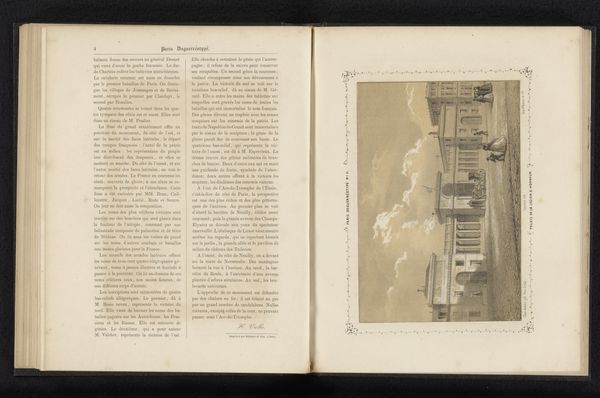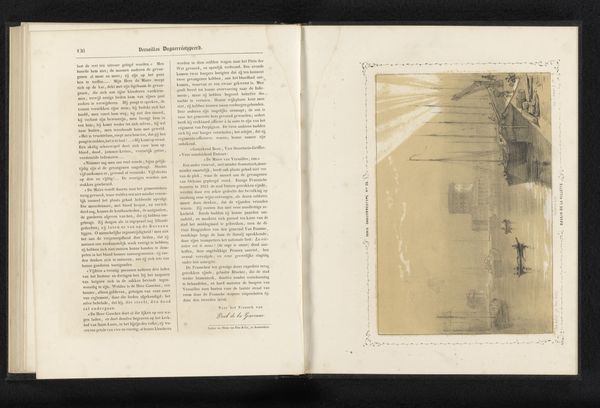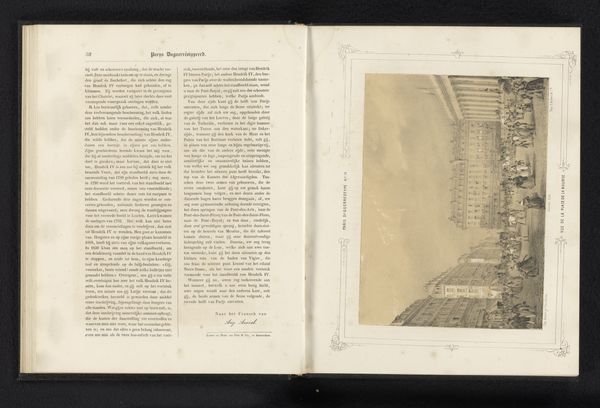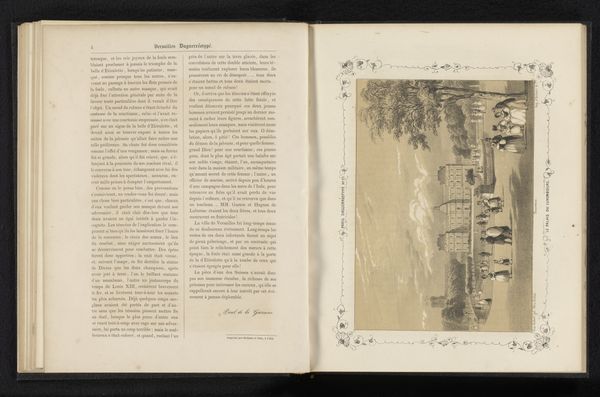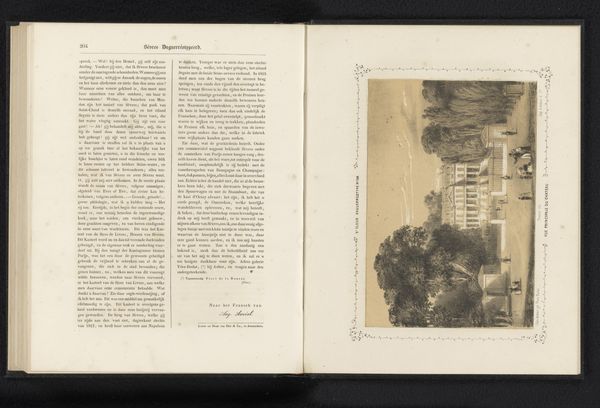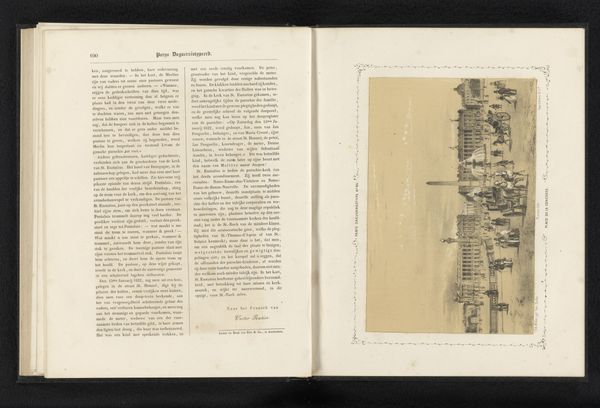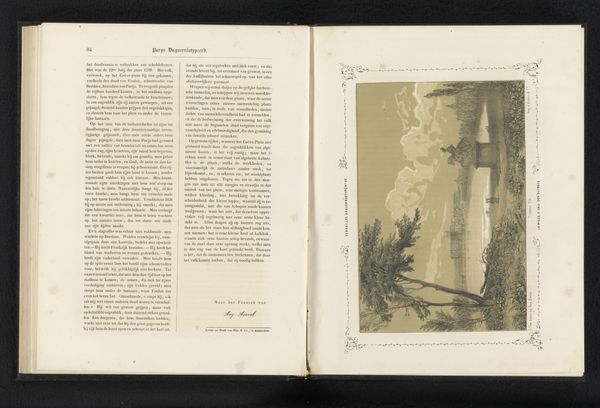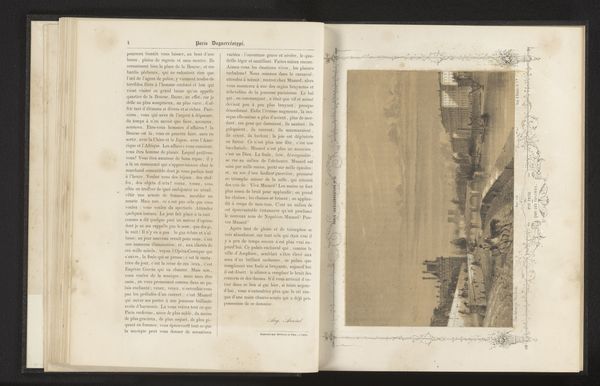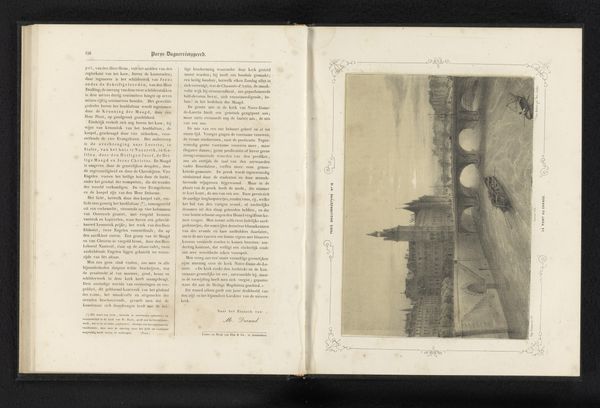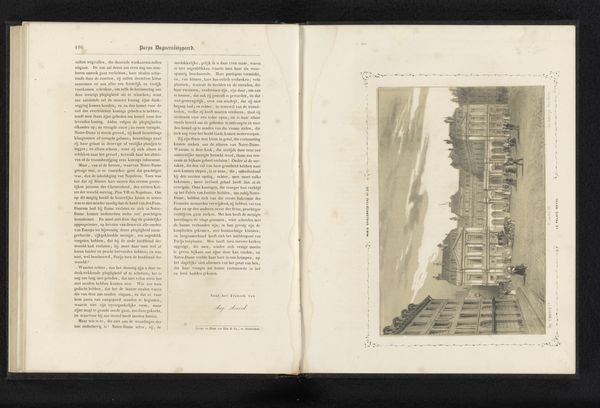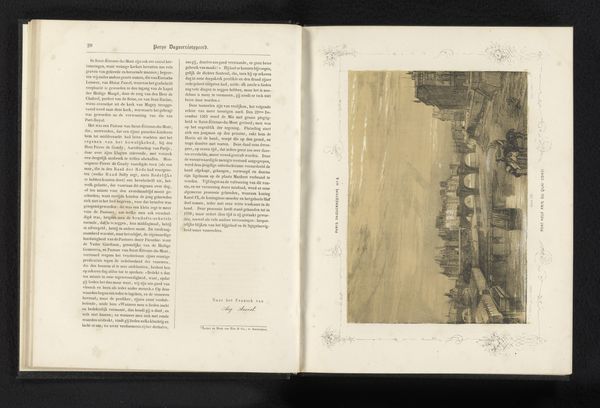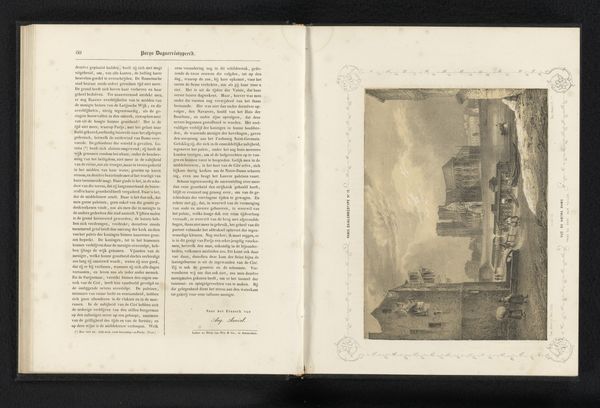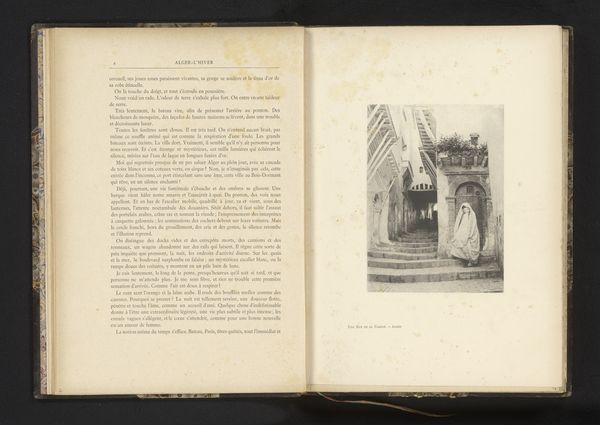
print, paper, engraving
#
neoclacissism
# print
#
landscape
#
paper
#
cityscape
#
history-painting
#
engraving
Dimensions: height 210 mm, width 260 mm
Copyright: Rijks Museum: Open Domain
Curator: So, here we have *Gezicht op de Église Saint-Eustache in Parijs*, or View of the Saint-Eustache Church in Paris, before 1840, by P. Cauchie. It is rendered with engraving on paper. This print has such a grand, almost imposing quality, don't you think? I am struck by how the scene is made on paper, which seems so far removed from the imposing stone before us. What can you make of it? Editor: It's fascinating how such detail can be achieved through printmaking. The crisp lines really capture the architectural precision, the hustle of city life with people and carriages... it really makes you think of industrial techniques. I suppose that Neoclassicism often evokes those questions. Given the labor and materials involved, how does the context of production inform our understanding of the imagery depicted here? Curator: An interesting point! The mass production of prints like this meant that images of architectural achievements like Saint-Eustache could circulate widely, influencing taste and disseminating ideas about ideal urban forms. The print itself becomes a commodity. It makes me wonder how prints influence painting and other traditional modes of "high" art production. What are your thoughts about the consumption of images in relation to the experience of a physical space or place? Editor: That is an interesting relationship: that one is real and the other an exact copy that is still somehow divorced. Perhaps experiencing the image creates a need, or feeling, or experience one didn't even know one had prior! As opposed to it being an experience, simply an economical transaction. And the building itself is also a site of "production" as in community, commerce, religious observation. Curator: Exactly! And we can extend that thought. What materials did Cauchie and other workers utilize in the process? It makes me consider their training, techniques and access to those specific materials. How did this access impact art availability for general public? Editor: Considering art this way, from the ground up, from raw material to distribution, offers such a fuller perspective than just admiring the final image. I see that I can interpret a whole movement from these considerations. Curator: Indeed! Material conditions dictate what the artist is making and the image he is making. So glad we've reached a mutual and shared perspective here.
Comments
No comments
Be the first to comment and join the conversation on the ultimate creative platform.
